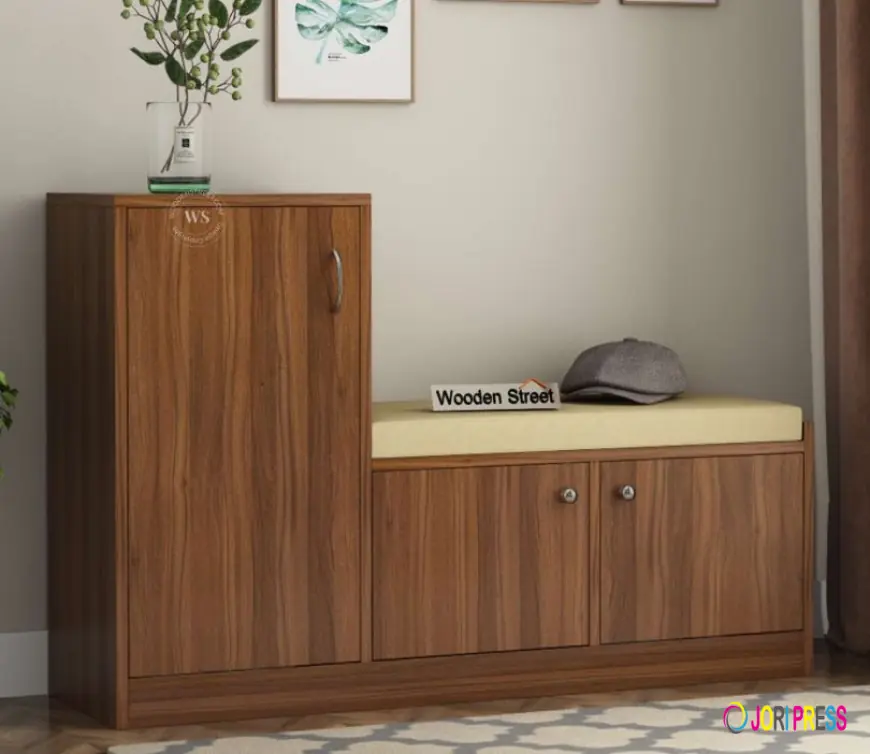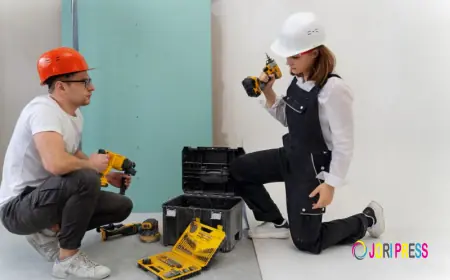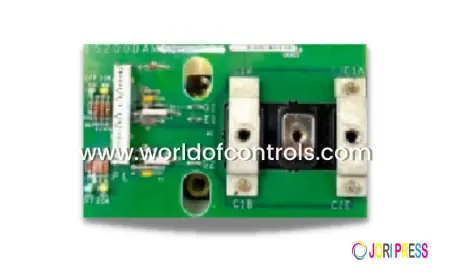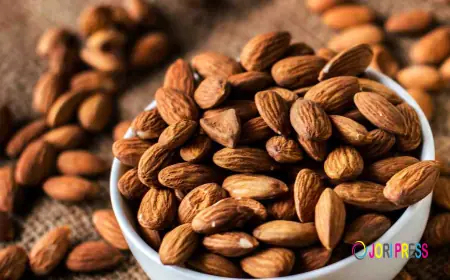The Mark of Quality: Discerning the Craftsmanship in a Wooden Shoe Rack
Discover what makes a Wooden Shoe Rack truly exceptional. Learn about craftsmanship, joinery, and wood types for your Shoe Rack. Choose a durable & beautiful Shoe Rack Wooden. Explore heirloom-quality Shoes Rack options at Wooden Street.

In an age of mass-produced, disposable furniture, choosing a piece that stands the test of time is a conscious decision. This is especially true for functional items like a Shoe Rack, which endures daily use and weight-bearing stress. While any rack can hold shoes, a superior Wooden Shoe Rack is defined by the quality of its materials and the artistry of its construction. It is this craftsmanship that transforms a simple utility item into a durable, even beautiful, part of your home's foundation.
This article delves into the often-overlooked details that separate a mediocre shoe rack from an exceptional one. We will explore the elements of true quality, empowering you to choose a Shoe Rack Wooden unit that is built to last and worthy of your home.
Beyond the Surface: It Starts with the Wood
The first indicator of quality is the material itself. Not all wood is created equal.
-
Solid Wood vs. Engineered Wood: This is the most crucial distinction.
-
Solid Wood (e.g., Sheesham, Oak, Pine, Mango Wood): This is the premium choice. Pieces crafted from solid wood are incredibly strong and durable. They can be repaired, refinished, and will age gracefully, often developing a rich patina over time. A Shoes Rack made from solid wood is an heirloom in the making.
-
High-Quality Engineered Wood (e.g., MDF with a wood veneer): This is not inherently a bad choice. It offers stability and a more affordable price point. The key is quality. Look for thick, durable veneers and avoid particleboard or chipboard, which are susceptible to swelling and damage from moisture and are much less durable.
-
-
Wood Type Characteristics:
-
Sheesham (Indian Rosewood): Known for its hardness, durability, and beautiful natural grain patterns. It is a premium wood that resists warping.
-
Oak: A classic, strong, and heavy hardwood known for its distinct grain and longevity.
-
Pine: A softer wood that is lightweight and affordable. It offers a rustic charm but may dent more easily than hardwoods.
-
Mango Wood: An eco-friendly choice as it uses wood from trees that no longer bear fruit. It is strong, has a unique grain, and takes stain beautifully.
-
The Soul of the Piece: Joinery and Construction
How a Wooden Shoe Rack is assembled is the true test of its craftsmanship. The joints are where stress is concentrated, and their quality determines the rack's lifespan.
-
Signs of Superior Craftsmanship:
-
Dovetail Joinery: Often used in drawers, this interlocking joint is a hallmark of fine furniture making. It is incredibly strong and resistant to being pulled apart.
-
Mortise and Tenon: This ancient technique involves a tenon (a protruding piece of wood) fitting tightly into a mortise (a hole). It creates a extremely strong and durable joint, ideal for the legs and框架 of a shoe rack.
-
Dowels: Wooden dowels are used to align and strengthen joints. High-quality racks use thick, well-fitted dowels glued into precisely drilled holes.
-
Reinforced Corners: Look for metal brackets or wooden corner blocks screwed into place inside the frame. This adds significant structural integrity and prevents wobbling.
-
-
Signs of Poor Craftsmanship:
-
Staples or Nails: While sometimes used in conjunction with other methods, construction relying solely on staples, nails, or weak glue will loosen over time and under load.
-
Visible Glue Squeeze-Out: Excessive, messy glue can be a sign that the joint is poorly fitted and relying on adhesive rather than precise woodworking for its strength.
-
Wobbliness: A well-made rack should feel solid and stable from day one. If it wobbles in the store, it will only get worse.
-
The Finishing Touch: Stain, Paint, and Sealant
The finish does more than just make a Shoe Rack Wooden unit look good; it protects the wood from scratches, moisture, and daily wear.
-
A Quality Finish should be smooth and even to the touch, with no drips, bubbles, or rough patches. It should enhance the wood's natural grain, not obscure it.
-
Look for: A multi-step process that includes sanding, staining, and sealing with a protective topcoat like lacquer or polyurethane. This creates a hard, durable surface that is easy to wipe clean.
-
Avoid: Thin, poorly applied finishes that feel sticky or look cloudy. These will wear off quickly, leaving the wood vulnerable.
The Details Make the Difference
Finally, examine the finer points:
-
Hardware: Drawer pulls, knobs, and hinges should feel substantial, not flimsy. They should be securely attached.
-
Sanding: All surfaces, even those not immediately visible, should be smooth and free of splinters.
-
Weight: A quality solid wood rack will have a satisfying heft to it. Lightweight often correlates with less durable materials.
Conclusion: Invest in Craftsmanship, Invest in Longevity
Choosing a Shoe Rack is an investment in your home's organization and harmony. By choosing one defined by quality materials and skilled craftsmanship, you invest in a piece that will perform flawlessly for decades, avoiding the cycle of replacement that comes with cheaper, disposable furniture. A well-crafted Wooden Shoe Rack is a silent promise of order, stability, and enduring beauty.
For those who appreciate the difference that true craftsmanship makes, Wooden Street offers a curated collection of Shoes Rack options built to the highest standards. Their focus on quality wood, skilled joinery, and beautiful finishes ensures that you are bringing home more than just storage—you are acquiring a piece of functional art. Discover the enduring quality of a Wooden Street shoe rack and make an investment that will serve your home for generations.
What's Your Reaction?
 Like
0
Like
0
 Dislike
0
Dislike
0
 Love
0
Love
0
 Funny
0
Funny
0
 Angry
0
Angry
0
 Sad
0
Sad
0
 Wow
0
Wow
0

















































